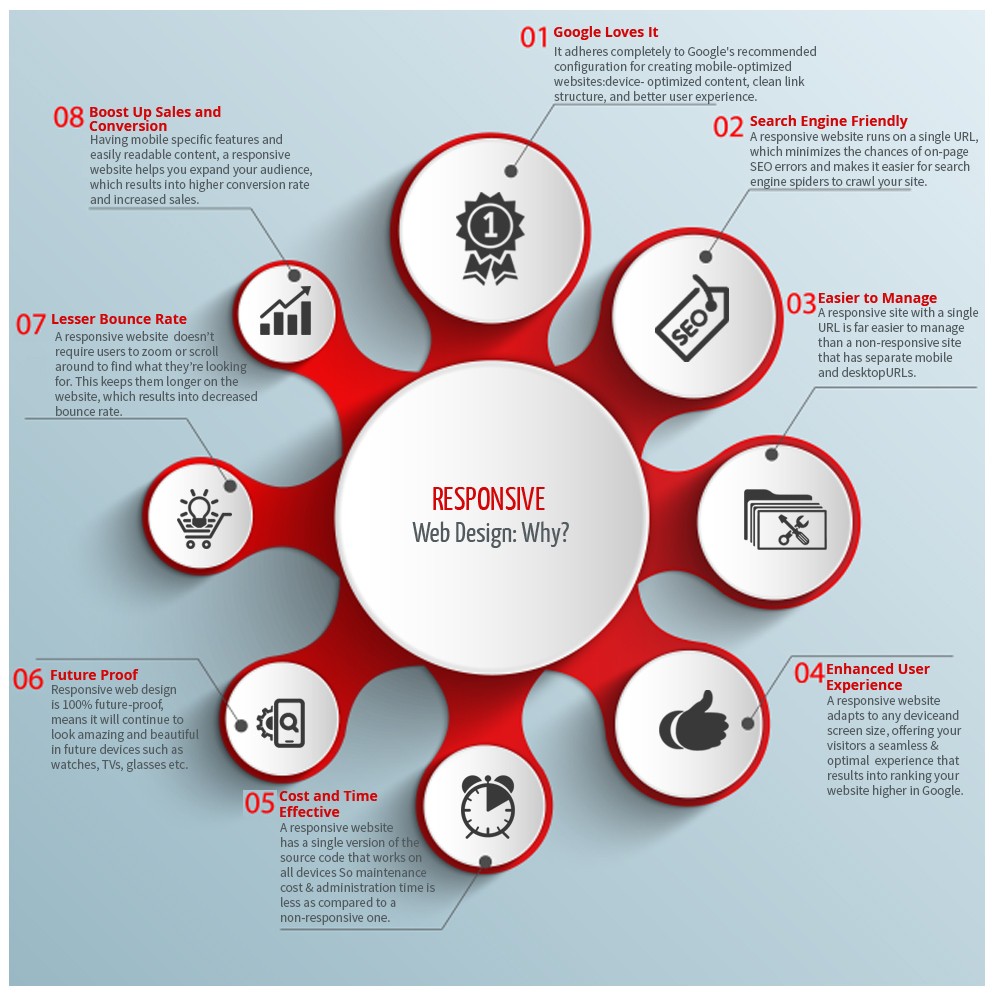The Growth Of Internet Site Style: From Earlier Times To Now
The Growth Of Internet Site Style: From Earlier Times To Now
Blog Article
LASIK Vs Cataract Surgery -Rasmussen Trolle
In the past, sites were basic and concentrated on info. Navigating was direct, and design was for desktops. Now, user experience is vital. Information overviews designs for simple navigating. Receptive layouts match various gadgets. Today, dark setting lowers strain, and minimal menus boost navigating. Interactive functions engage users, and vibrant visuals stand out. AI assimilation increases engagement. See exactly how layout has actually advanced to enhance your on the internet journey.
Early Days of Web Design
In the very early days of web design, simpleness reigned supreme. Web sites were fundamental, with minimal shades, typefaces, and designs. The focus got on giving info as opposed to flashy visuals. Customers accessed the net through sluggish dial-up connections, so rate and functionality were vital.
Navigation menus were straightforward, generally located at the top or side of the page. Internet sites were developed for computer, as mobile browsing wasn't yet prevalent. Content was king, and developers prioritized easy readability over complex layout elements.
HTML was the key coding language utilized, and designers had to work within its constraints. Animations and interactive features were very little contrasted to today's criteria. Internet sites were fixed, with little dynamic web content or personalized customer experiences.
Surge of User-Focused Design
With the evolution of web site layout, a shift in the direction of user-focused style concepts has become significantly prominent. Today, developing sites that focus on individual experience is crucial for involving site visitors and accomplishing organization objectives. https://www.newsanyway.com/2022/04/28/how-to-build-a-digital-marketing-strategy/ -focused design entails understanding the needs, preferences, and behaviors of your target market to tailor the website's format, web content, and includes accordingly.
Designers now perform detailed research, such as customer studies and use testing, to collect understandings and comments directly from individuals. This data-driven approach assists in producing user-friendly navigation, clear calls-to-action, and visually enticing interfaces that resonate with visitors. By putting the customer at the facility of the style process, web sites can provide a much more personalized and pleasurable experience.
Receptive layout has likewise emerged as a vital aspect of user-focused style, ensuring that websites are maximized for various gadgets and display dimensions. This flexibility improves availability and use, satisfying the diverse ways users interact with internet sites today. In essence, the increase of user-focused layout symbolizes a change in the direction of creating digital experiences that prioritize the needs and assumptions of completion individual.
Modern Trends in Web Design
Explore the most recent patterns forming website design today. One famous trend is dark setting design, using a smooth and modern-day look while reducing eye stress in low-light environments. One more vital pattern is minimalist navigation, simplifying menus and improving customer experience by focusing on essential elements. Integrating micro-interactions, such as computer animated switches or scrolling results, can produce a more engaging and interactive site. Receptive style remains important, making certain smooth user experiences across numerous devices. Additionally, utilizing bold typography and unbalanced designs can add visual rate of interest and accentuate details content.
Incorporating AI technology, like chatbots for client support or tailored recommendations, boosts customer involvement and improves procedures. Access has additionally become a substantial trend, with designers focusing on comprehensive style techniques to satisfy varied customer needs. Welcoming sustainability by optimizing web site performance for rate and efficiency is one more emerging trend in web design. Collaborating with user comments and data analytics to repeat and improve style constantly is vital for staying pertinent in the ever-evolving digital landscape. By welcoming these modern patterns, you can develop a visually enticing, straightforward internet site that resonates with your audience.
Final thought
As you reflect on the development of website design from the very early days to currently, you can see exactly how user-focused design has actually become the driving pressure behind contemporary trends.
Embrace the journey of change and adjustment in web design, constantly maintaining the customer experience at the forefront.
Remain current with the latest patterns and technologies, and never quit developing your technique to create visually magnificent and straightforward sites.
Evolve, adapt, and develop - the future of website design remains in your hands.
